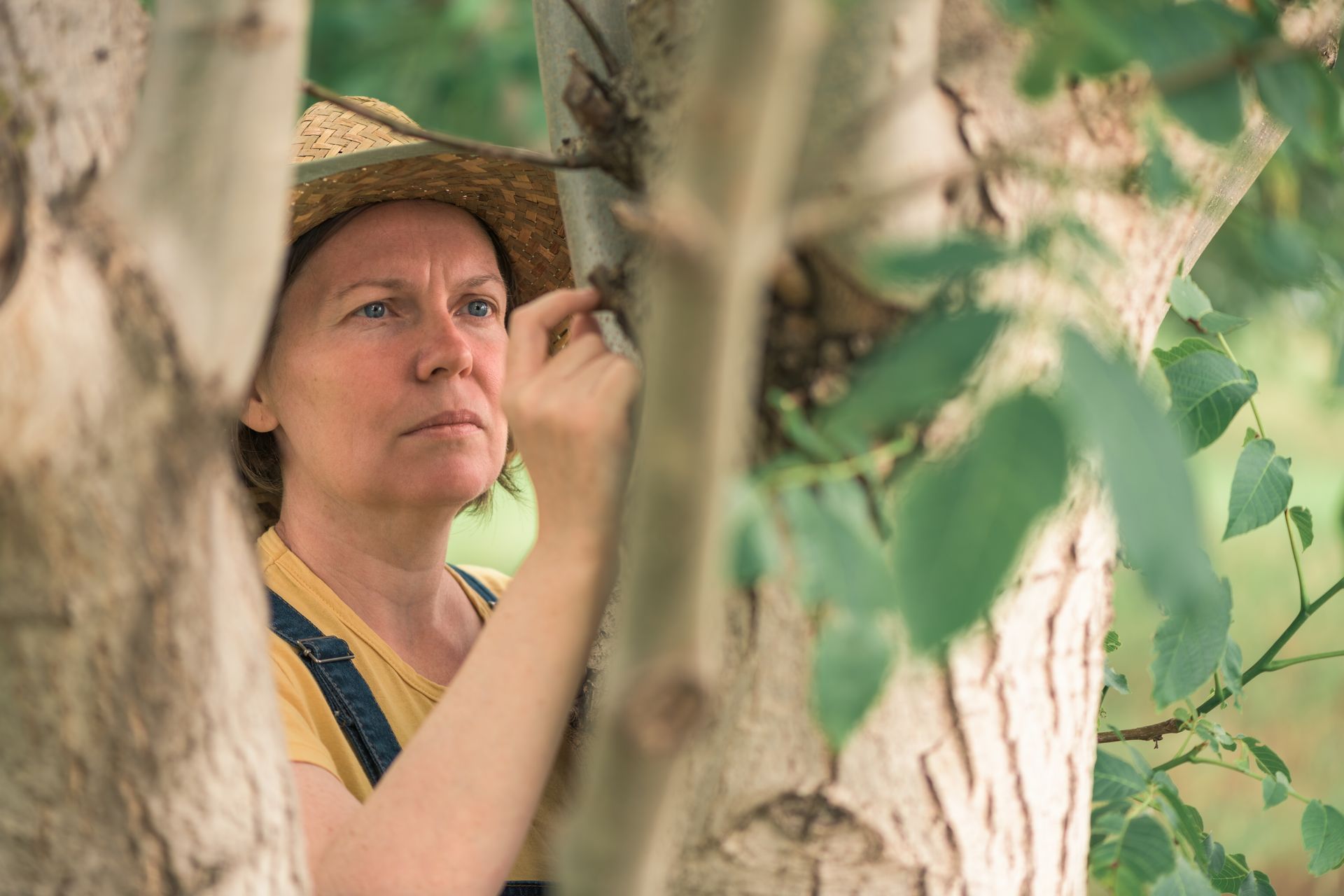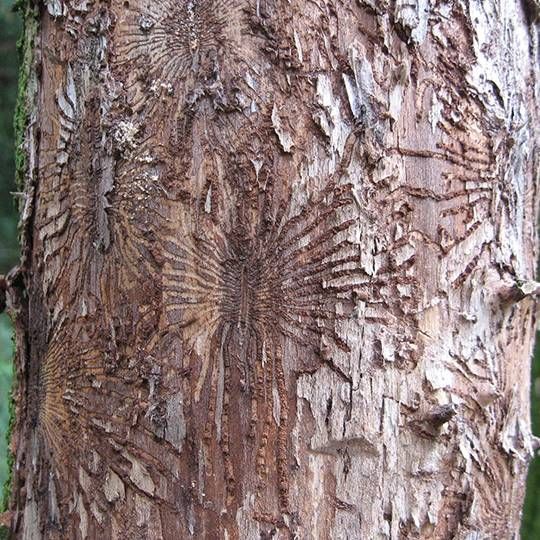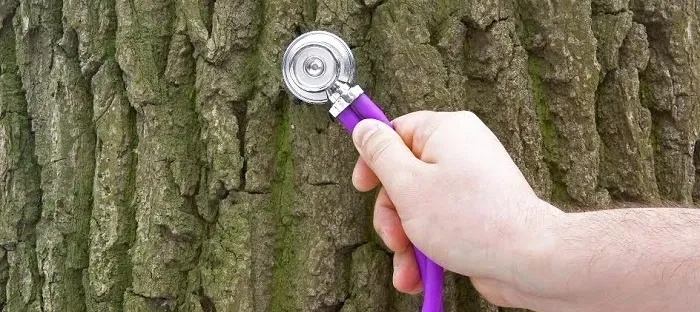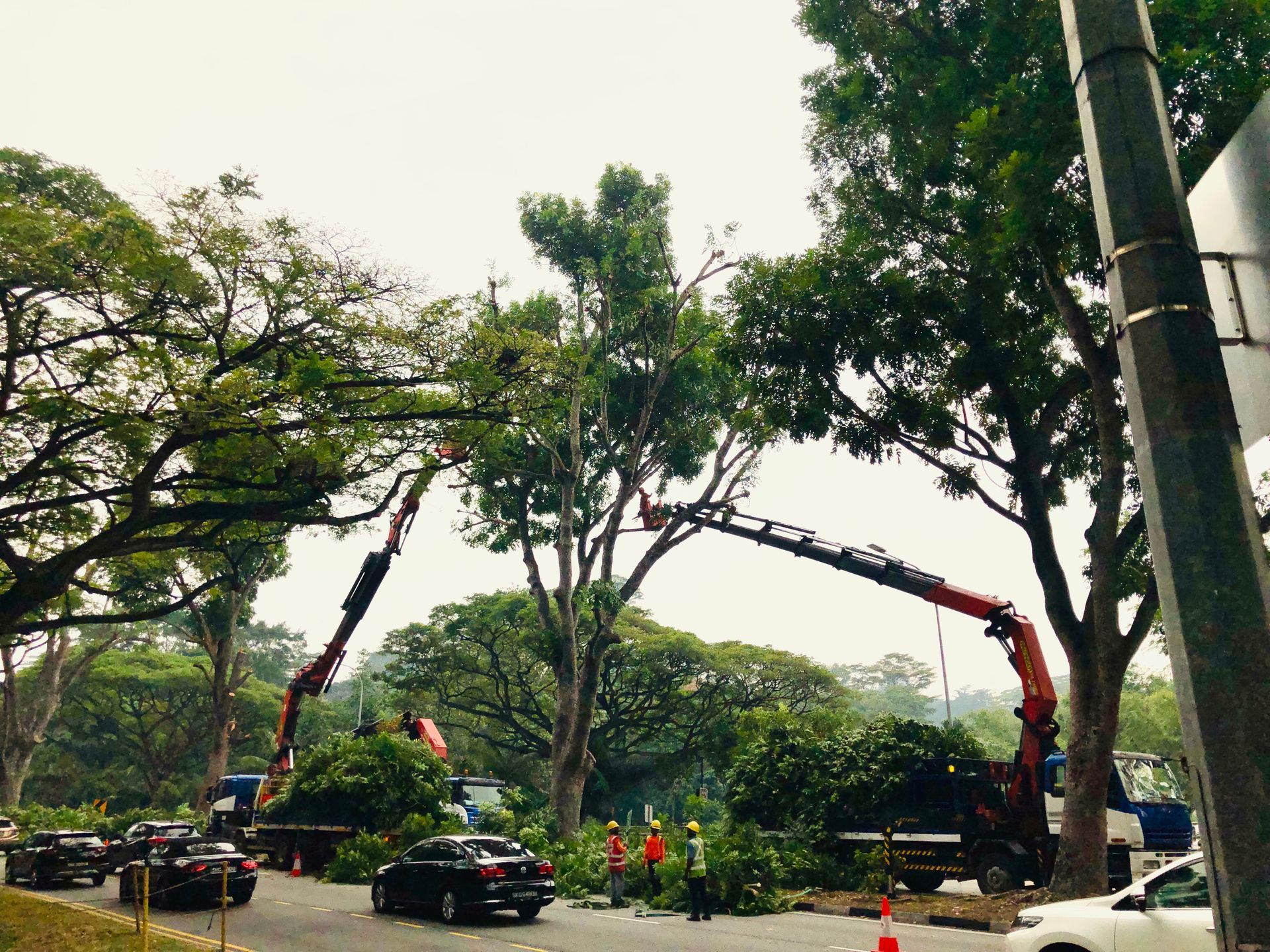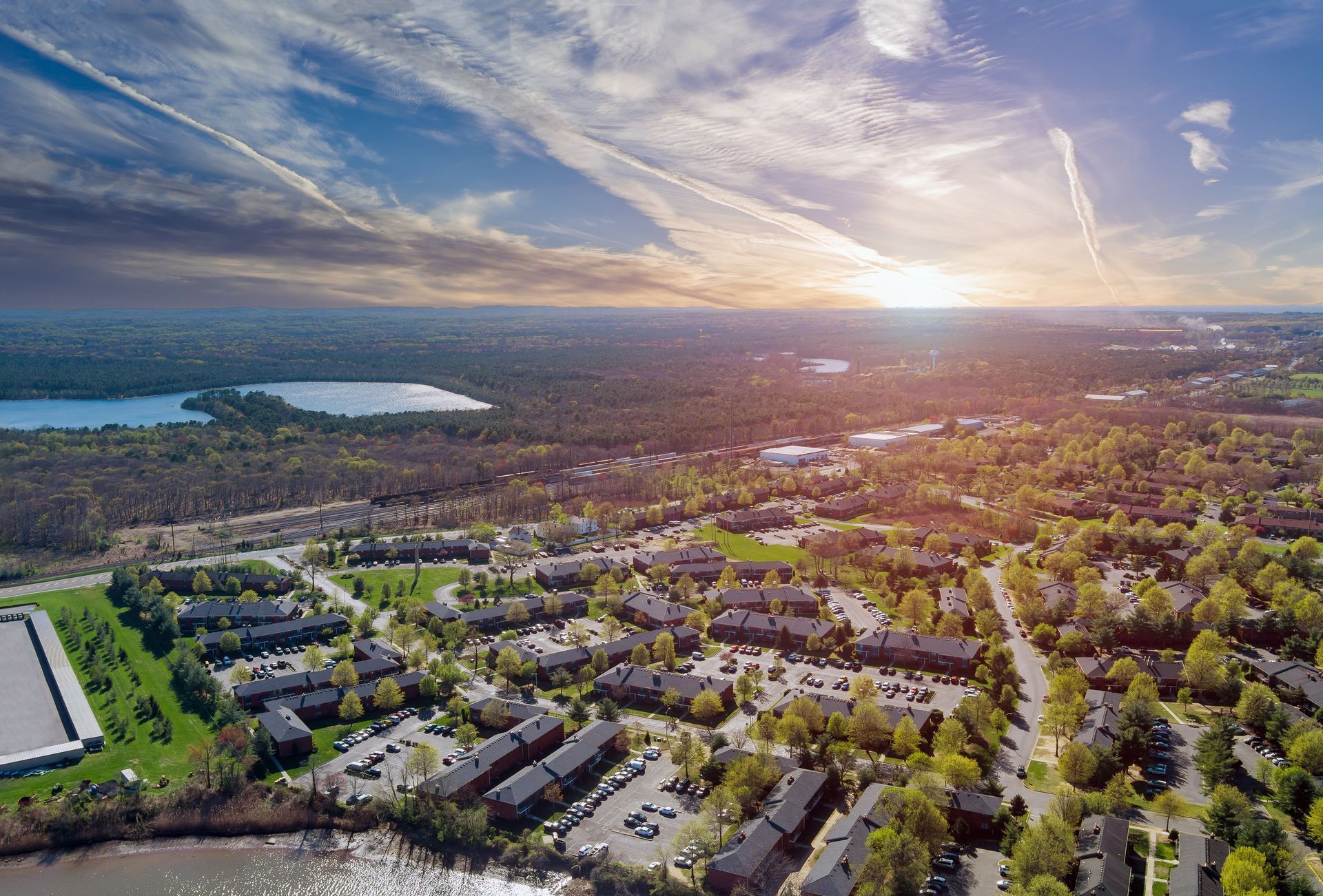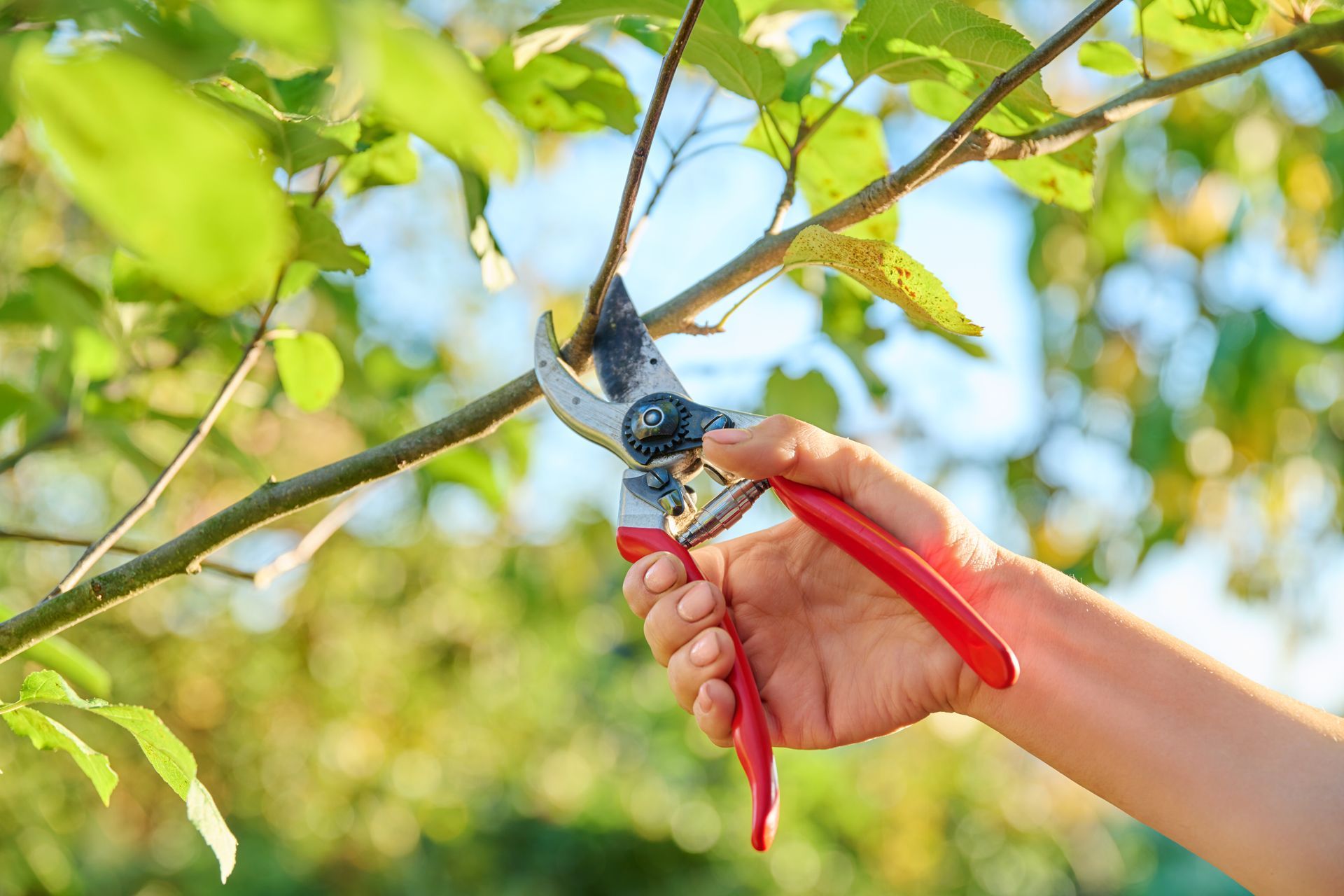Identifying and Treating Common Tree Diseases: A Homeowner's Guide
Introduction
Keeping your trees healthy is an essential part of maintaining a beautiful yard. Trees provide shade, improve air quality, and can increase property values. Unfortunately, trees are also susceptible to disease, which can cause them to become weak, damaged, or even die. That's why it's important to know how to identify common tree diseases in your yard. In this blog post, we'll discuss some of the most common tree diseases, their symptoms, and how you can take steps to prevent and treat them. By the end of this post, you'll have the tools you need to
keep your trees healthy and thriving for years to come. So, let's get started!
Why identifying tree diseases early is important
It's essential to identify tree diseases early on to prevent them from spreading and causing irreversible damage to your trees. Just like with people, early detection and treatment can make all the difference in the outcome. Catching a disease in its early stages can allow you to take action to stop the spread and prevent the disease from getting worse. Ignoring the symptoms can cause the disease to spread to other trees, potentially killing them or requiring costly removal. By identifying the signs of tree diseases early on, you can take steps to keep your trees healthy and prevent further damage to your yard.
Common Tree Diseases
What a Healthy Tree Should Look Like
Before discussing signs of a sick tree, it's important to understand what a healthy tree should look like. A healthy tree should have:
- A strong and straight trunk
- A full and vibrant canopy of leaves
- Bark that is intact and not peeling or cracking
- No visible signs of damage or decay
General Signs of a Sick or Diseased Tree
Trees can exhibit a variety of symptoms when they are sick or diseased. Here are some general signs to look out for:
- Leaves that are discolored, wilted, or falling off prematurely
- Bare branches or a thinning canopy
- Cracks or cavities in the trunk or large branches
- Fungus growing at the base of the tree or on the trunk
- Insect infestations or nests in the tree
- Sap oozing from the bark or branches
- Unusual growths or bumps on the trunk or branches
If you notice any of these signs, it's important
to take action quickly to identify the cause and prevent further damage to the tree or surrounding vegetation.
How To Identify Common Tree Diseases
There are many diseases that can affect trees, but here are three common ones to look out for:
1. Dutch Elm Disease
Disease Description:
Dutch elm disease is caused by a fungus that invades the water-conducting tissues of the tree, which eventually leads to wilting and death.
Symptoms:
The first sign of the disease is yellowing and wilting of leaves on a single branch or on one side of the tree. The leaves then turn brown and curl up, and eventually fall off. There may also be dark streaks or patches on the bark where the fungus has entered the tree.
Identification:
Look for trees with yellow leaves in the summer or early fall, as this is a sign of Dutch elm disease. Look for patches of dead bark or wilted branches as well.
2. Oak Wilt
Disease Description:
Oak wilt is caused by a fungus that clogs the water-conducting vessels of the tree, leading to wilting and death.
Symptoms:
The first symptom of oak wilt is wilting leaves that turn brown and fall off the tree. This typically starts on the outermost branches and moves inward toward the trunk.
Identification:
Look for trees with brown leaves in the summer or early fall. Look for leaves that are still attached to the tree but have turned brown, as this is a sign of oak wilt. You may also see fungal mats growing under the bark of the tree.
3. Apple Scab
Disease Description:
Apple scab is a fungal disease that affects apple trees, causing damage to the leaves and fruit.
Symptoms:
The first sign of apple scab is brown or black spots on the leaves, which can then spread to the fruit. The leaves may also become misshapen or distorted, and may eventually fall off the tree.
Identification:
Look for trees with brown or black spots on the leaves or fruit. Look for leaves that are misshapen or distorted as well.
Prevention and treatment of tree diseases
Preventing tree diseases is always better than treating them. Here are some steps homeowners can take to keep their trees healthy:
- Proper pruning: Regularly remove dead, diseased, or damaged branches to prevent the spread of infection.
- Watering: Make sure trees get enough water, especially during hot and dry weather.
- Mulching: Apply a layer of organic mulch around the base of the tree to retain moisture and protect the roots.
- Monitoring: Keep an eye on your trees for any signs of disease or pests.
If your tree does become infected, there are treatment options available:
- Fungicides: Some fungal diseases can be treated with fungicides, but they must be applied correctly and at the right time to be effective.
- Insecticides: Pests like aphids or spider mites can spread diseases, so treating the insects may also help prevent the disease from spreading.
- Pruning: As mentioned earlier, pruning can remove infected branches and prevent the spread of disease.
- Tree injections: For some diseases, a tree injection of fungicide or insecticide may be necessary to target the disease at its source.
If your tree is severely infected or the disease is spreading rapidly, it may be time to call in a professional tree service for help. They can assess the situation and determine the best course of action, which may include removing the tree altogether. Remember, prevention is key, but prompt action is necessary if you suspect a problem with your tree.
Conclusion
In conclusion, it's important to keep a close eye on the health of your trees. Catching diseases early on can mean the difference between saving a tree and having to remove it entirely. By regularly inspecting your trees and watching for signs of disease, you can take action before it's too late.
Remember to look for signs of poor health, such as wilting leaves, fungal growth, and trunk damage. If you suspect that your tree is sick, contact a professional tree service like
Fort Mill Tree Service for an evaluation. Our experienced arborists can help diagnose any problems and provide treatment options to restore your tree's health.
By taking proper care of your trees and being proactive about disease prevention, you can ensure the longevity and beauty of your landscape for years to come.

